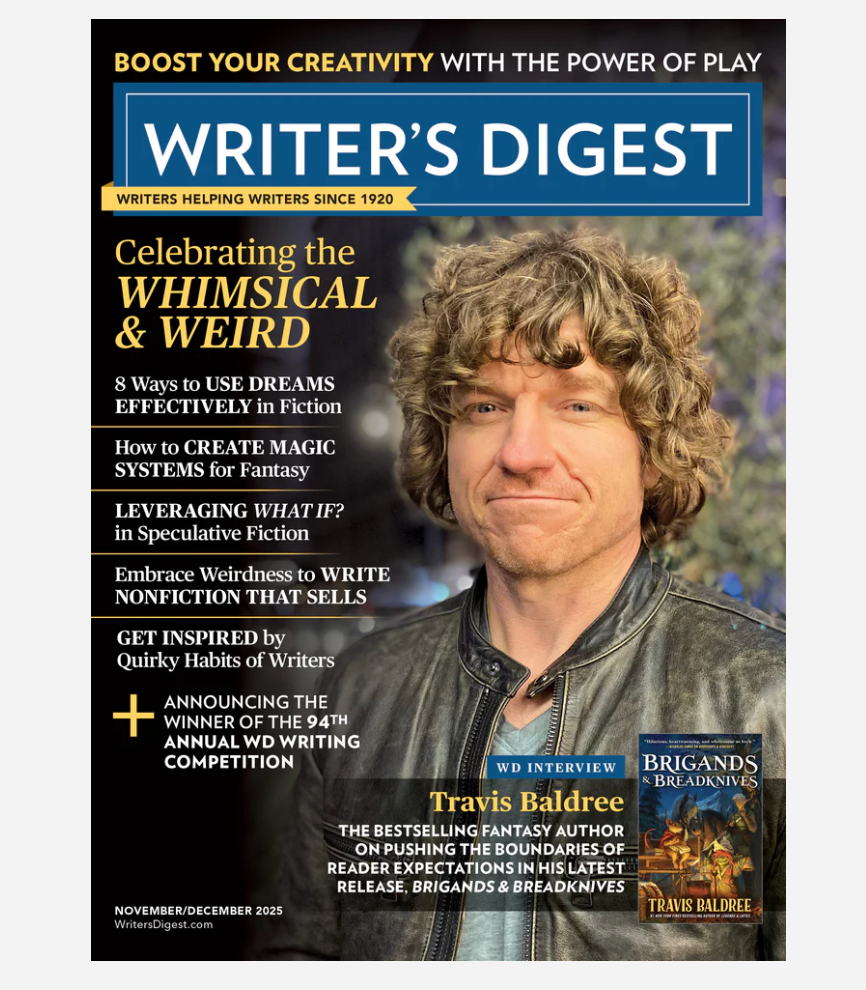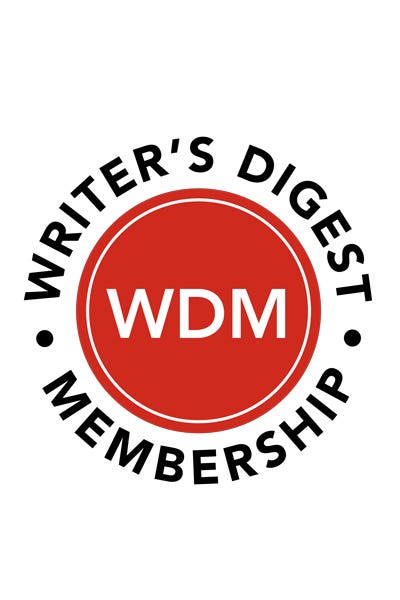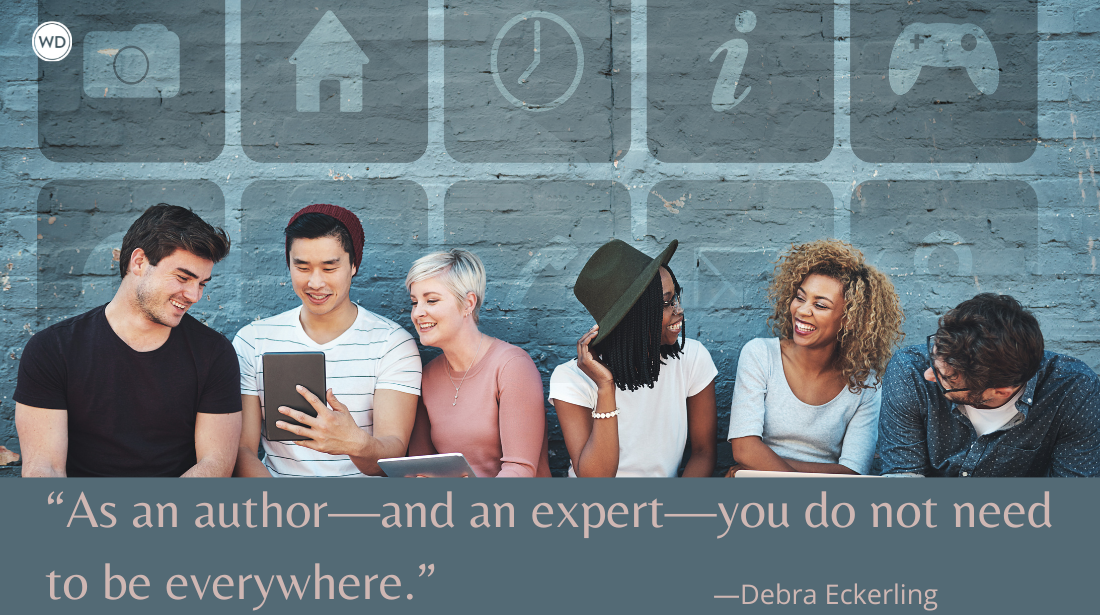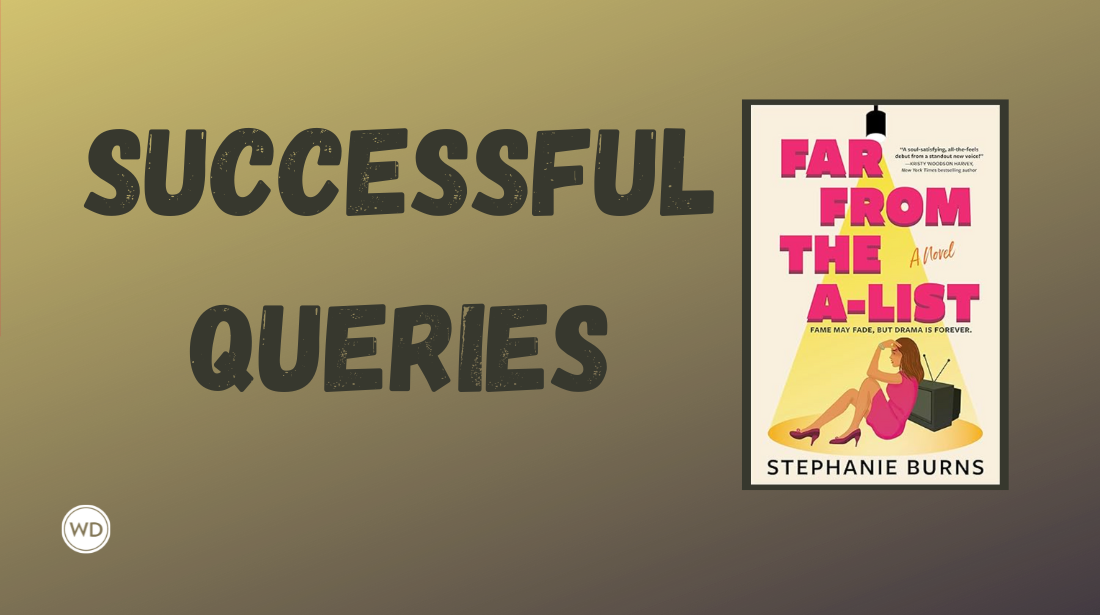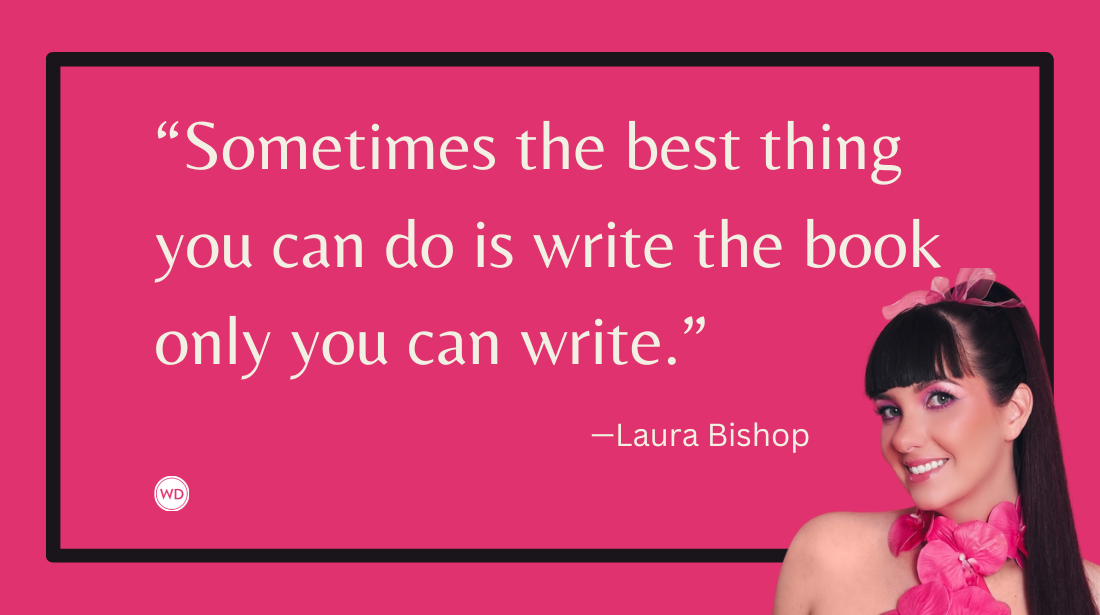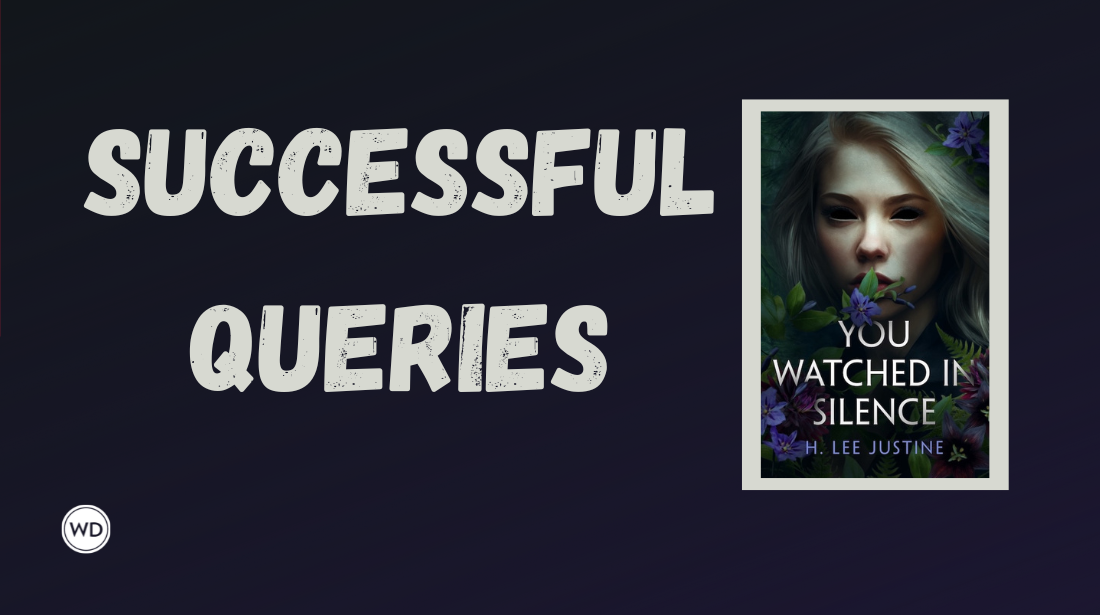Media-Savvy Author: Using Video to Woo Agents & Editors
Media coach for authors Paula Rizzo explains why using video in a pitch to agents might work for you.
For a long time, querying agents meant one thing: sending query letters. It used to be by snail mail back in the day! Thankfully, email came around and even some websites to streamline the process. But now, video queries to literary agents and book editors are gaining traction, especially for nonfiction authors.
A literary agent friend of mine mentioned that she was using video to pitch her clients to editors, and I was very excited to hear this. As a former TV producer and a media trainer, I’m a huge fan of video. It’s a unique medium and it allows you to connect with your audience in a special way.
Think about it: Seeing a video creates a lasting impression and a sense of a person’s personality. That can go a long way in wowing agents!
However, it’s important to go about this the right way. Professionalism is the key here. A 20-minute, blurry, rambling video is not going to do you any favors. It’s the same as when you’re doing media. I’ve helped hundreds of authors feel more confident on camera for media interviews and videos through private training and my online course Media-Ready Author. Those are all the same skills that work for query videos.
Done right, query videos can help you share your personality and stand out. If you’re planning to use video in your queries, it’s important to have a cohesive plan. Remember that using video is a lot like querying agents in general. Every person likes something different, and it all depends on what that person connects with.
There are two situations where video can really work in your favor. One is when you’re querying agents. The other is once you have an agent and they’re communicating with book editors on your behalf. Jessica Berg, author, agent, and Agency Director of Rosecliff Literary, told me that she’s getting excited about the personal connection that video can create.
“I think video pitches are such a smart way to close the gap between the inbox and real life, especially for nonfiction,” Berg says. “I meet so many authors at conferences, and it’s often the person, not just the idea, that hooks me. It's their energy, clarity, the way they talk about the book that sticks just as much as the concept. Sometimes (OK, most of the time) it's really refreshing to meet the person behind the pitch.”
Creating videos is especially useful for nonfiction authors. Fiction is its own ballgame. But in nonfiction, you, the author, are a big part of the story. Editors and agents want to know what makes you the right person to share this message.
Here are some suggestions to get started.
1) Start with a clear and concise hook.
This is crucial. You want to start out strong so that the agent or editor watching your video is immediately interested. This is something you’ll definitely want to work out beforehand—no winging it! Try to think of one sentence that will keep your audience engaged. Attention spans are short these days, so you don’t have long to make that impression!
2) Share a compelling personal introduction.
Introduce yourself and share your personal connection to your book. You might focus on topics such as the events that led you to write this book or what about you makes you the right person to tell this story. This is your opportunity to give the agent or editor a sense of who you are and what you bring to the table. You don’t need to give your whole life story—and you shouldn’t! Just narrow it down to what is relevant to the book.
3) Give your book pitch in one minute or less.
Long, rambling videos are not going to cut it. They might actually hurt your chances with an agent. Agents are busy and they’re not going to watch anything that eats into their time without a return on investment. That’s why you need to make sure you get right to the point. You’ll probably need to time yourself to get the time down. Cutting filler words will help you sound more professional and also help you be more concise. You still want to sound conversational, though—here are some tips on how to do that.
4) Implement the Accordion Method for flexible, scalable pitches.
I developed the Accordion Method so that authors and experts would have a go-to strategy for media appearances. And it works just as well for videos in query letters!
The Accordion Method means having a short, medium, and long answer to every question. For each version, you need to start with a strong hook and then go into more depth depending on how much time you have to elaborate. Here’s my full guide for speaking in soundbites using the Accordion Method.
5) Set yourself up for success with video skills.
Not everyone is comfortable on camera, and that’s OK. It just takes some practice. It’s important to assess your video skills and comfort on camera so you know where you might need some help.
Having a professional setup is essential. That means considering things like lighting and background. Plus, you’ll want to use a high-quality microphone for clear audio and make sure you choose an appropriate camera to get good video quality. I have lots of tips for creating a professional-looking at-home studio here. But… don’t get so wrapped up in trying to create professional videos that you forget about the most important aspect—the message!
Berg agrees: “The biggest takeaway for authors is you don’t need fancy edits or a perfect setup,” she says. “Just show me you get your reader, you know your angle, and you care about the work. That’s what makes me lean in.”
6) Decide on a video sharing strategy.
There are lots of ways to host and share videos these days. You’ll want to decide if you plan to host on YouTube, a private link, or agent-specific.
Relatedly, it’s worth thinking about creating custom videos for each agent rather than one universal pitch. That personal touch can make all the difference. Berg believes that the personal connection is what will create leverage. Don’t be afraid to show who you are and what you bring to the table. “If I can get even a glimpse of that in a query, it's a massive win,” Berg says. Your personality and charisma will make agents and editors remember YOU.
7) Be inspired by examples.
Now that you’re ready to use video, some examples can help you get a sense of the way authors are using this. These two examples are from already published authors, but I think it’s important to note how they do it and emulate the style in your own videos.
Elizabeth Gilbert the author of Eat, Pray, Love and All The Way To The River, has some great examples on her Instagram. She shared a “behind the title” video that ticks all the boxes—professional, short, and warm.
Noticing what these authors are doing—great lighting, clear communication, hooks that grab you—can inspire you to create your own videos.
If you’re ready to try using videos to woo agents and editors, remember the key elements: concise, personal, and professional. This is something I predict we’ll be seeing a lot more of!
Paula Rizzo is an Emmy Award-winning television producer, bestselling author of Listful Thinking & Listful Living, media-training coach, speaker, LinkedIn Learning Instructor, host of the live-stream show “Inside Scoop,” and creator of the popular online training Media-Ready Author. Grab Paula’s free guide, 10 Media Questions Every Author Needs to Answer, to create buzz for your book.


